Morikami Museum Explores Asian Experience Through Murals
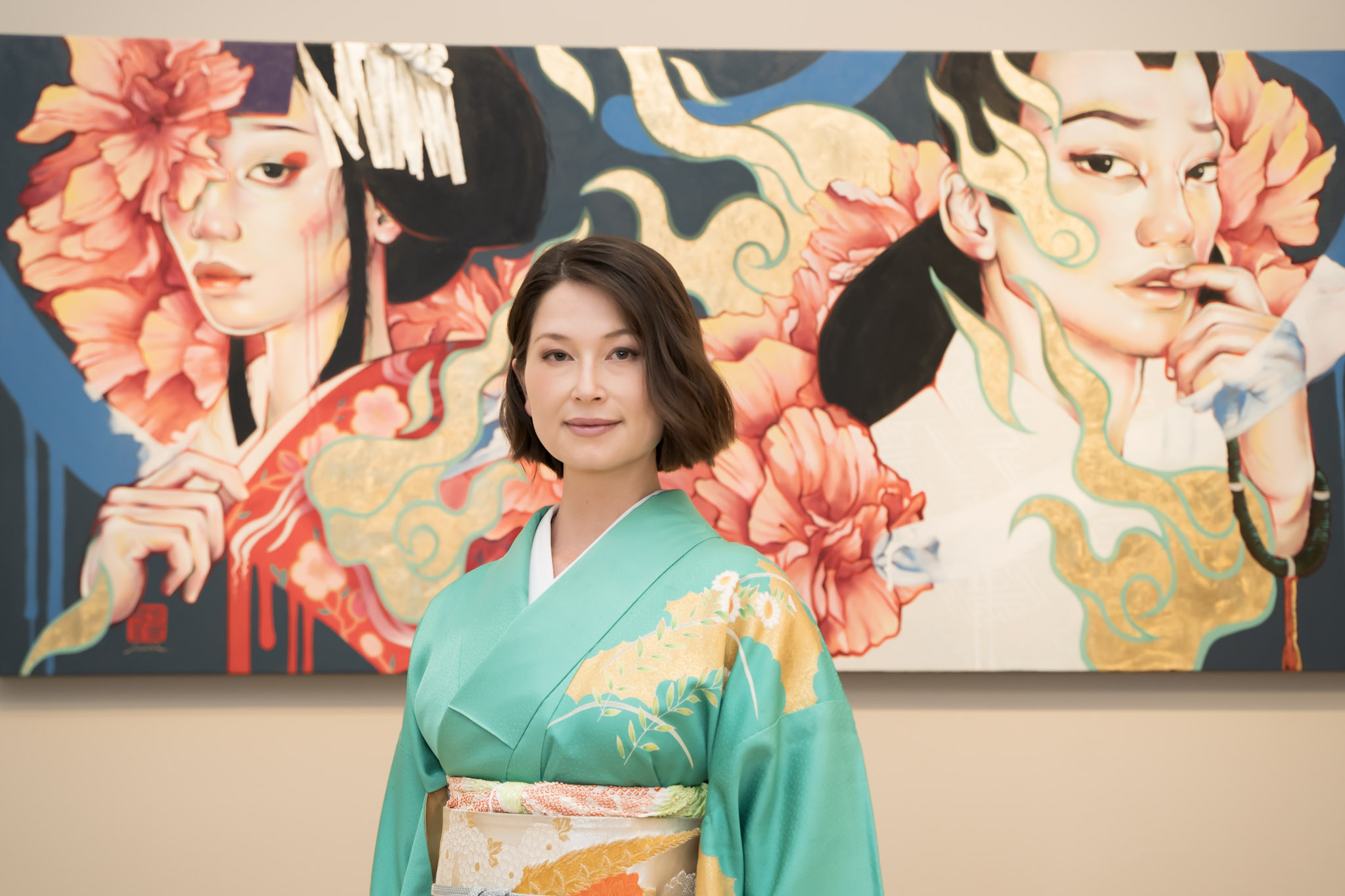
As the summer simmer winds down, find some time to explore a unique take on identity at the Morikami Museum and Japanese Gardens in Delray Beach (4000 Morikami Park Road).
The exhibit, Beyond the Wall: Visions of the Asian Experience in America, showcases the work of Japanese and Asian American artists on display in large-scale murals through the month of September.
Through its display of striking murals, the show is a representation of immigrants’ journey to the United States over the years, and the passing down of customs, traditions and languages from their countries of origin.
Asian immigrants’ roles in forming customs in the United States are also highlighted in this exhibit, whether it be the influence on agriculture, business, medicine, technology or the arts, their work in this specific show brings that all together.
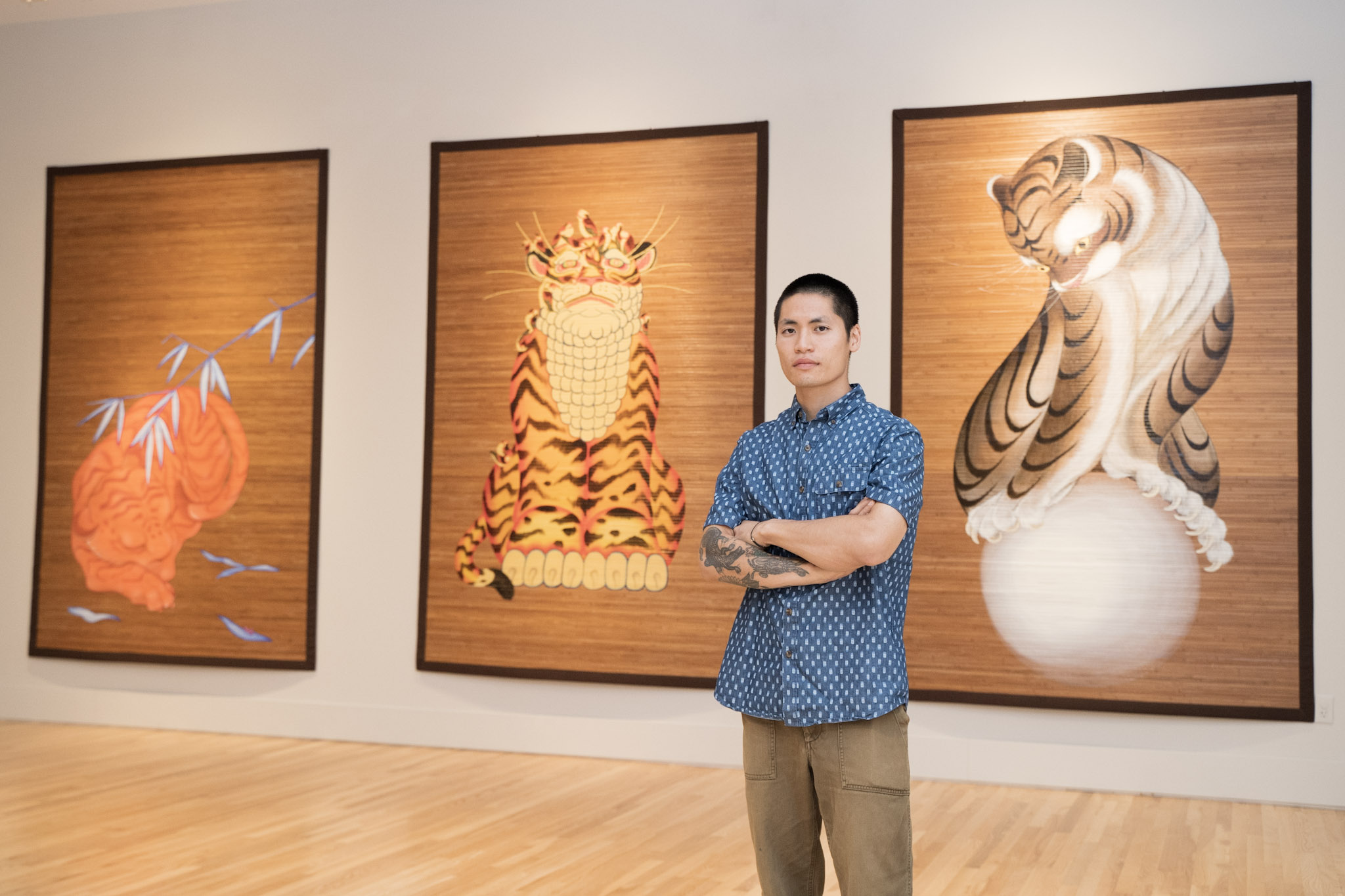
Eastern aesthetics mixed into Western world ideals gives light to important values in the Japanese and Asian American cultures.
Morikami Museum and Japanese Gardens roots back to 1977. The principal museum building opened and the first building was shaped from the inspiration of a Japanese villa, or Yamato-kan, which held the first exhibits and an open-air courtyard.
This area highlights the Yamato Colony, which was a South Floridian Japanese farming community one century ago. Later, a more comprehensive museum location was built with a theater, tea house viewing gallery, classrooms, a cafe and store.
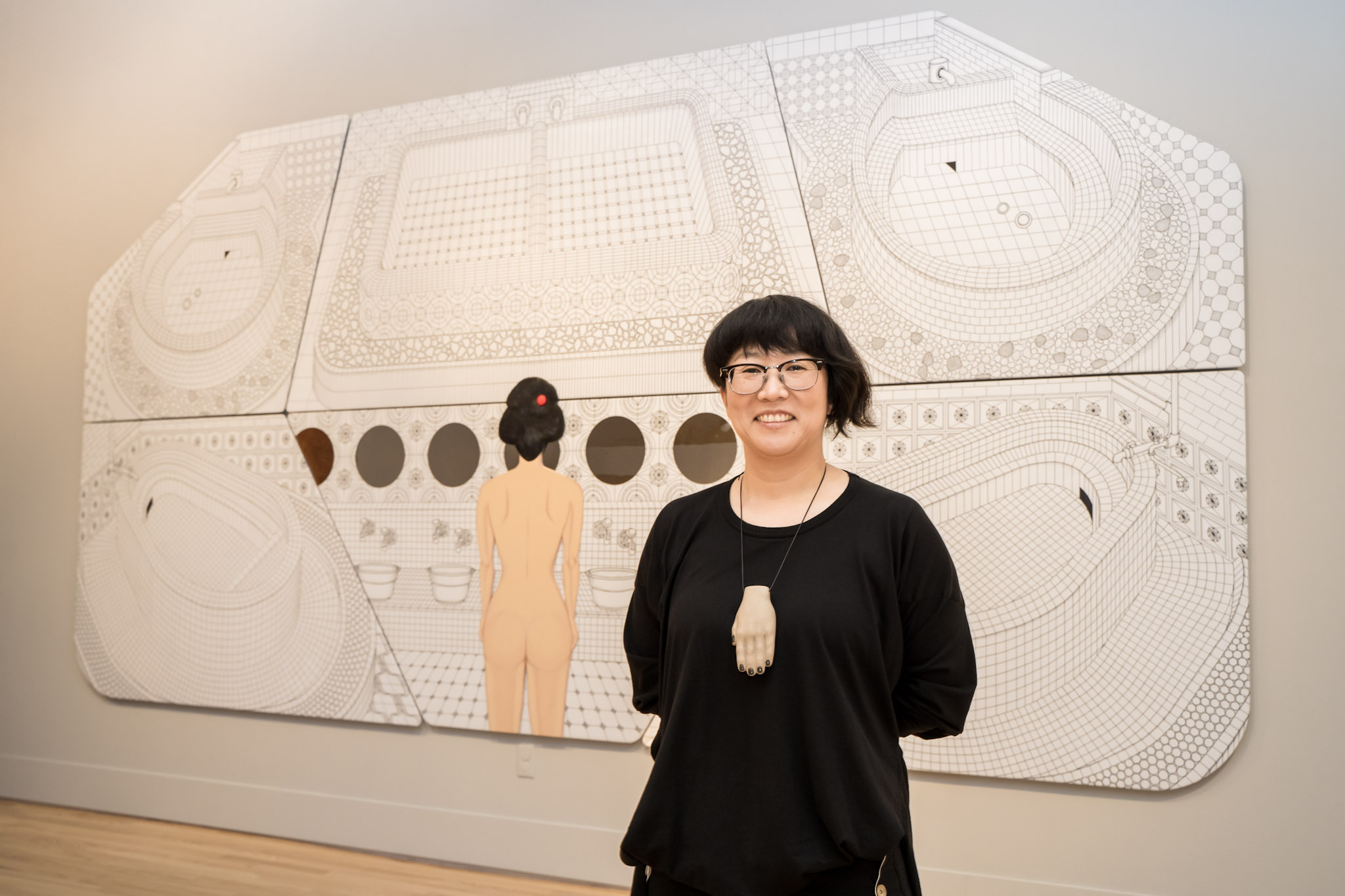
A 2001 major garden expansion project made way for strolling paths, resting areas, a bonsai collection and koi lakes. A nature trail, pine forest and picnic area can also be enjoyed by visitors.
Garden designer Hoichi Kurisu aimed to convey the same character and ideas of Japanese gardens. This site stands out as an esteemed cultural attraction of Palm Beach County and is a lens into the connections between Florida and Japan.
Beyond the Wall: Visions of the Asian Experience in America includes work by a total of five artists working in murals and large-scale creativity.
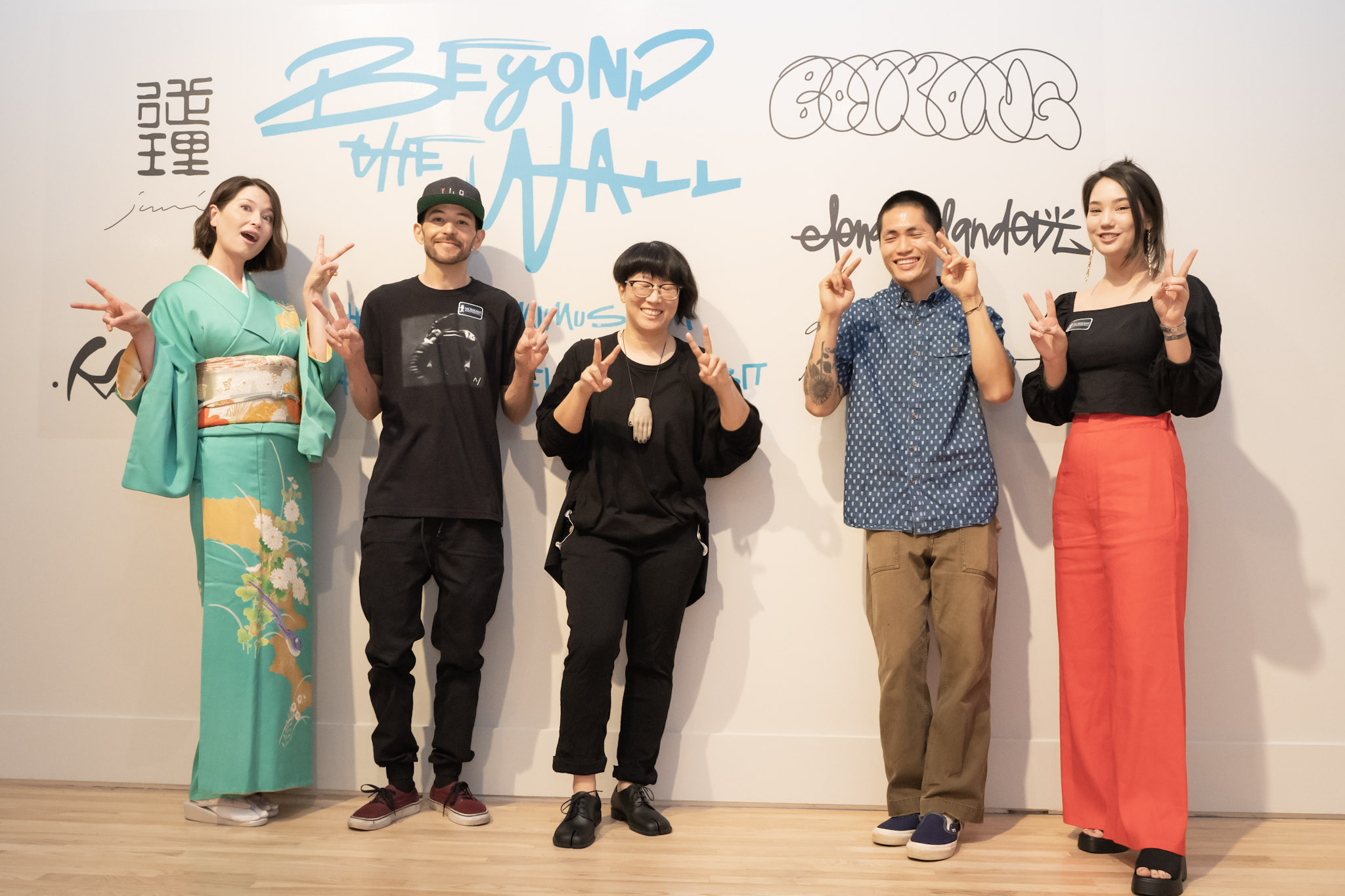
THE ARTISTS
Boy Kong, of Chinese and Vietnamese descent, is a self-taught artist who works with various media. He seeks inspiration from graffiti, folk art and surrealism, as well as ukiyo-e which is Japanese for‚ “pictures of the floating world.” His unique play on color can be seen in his work.
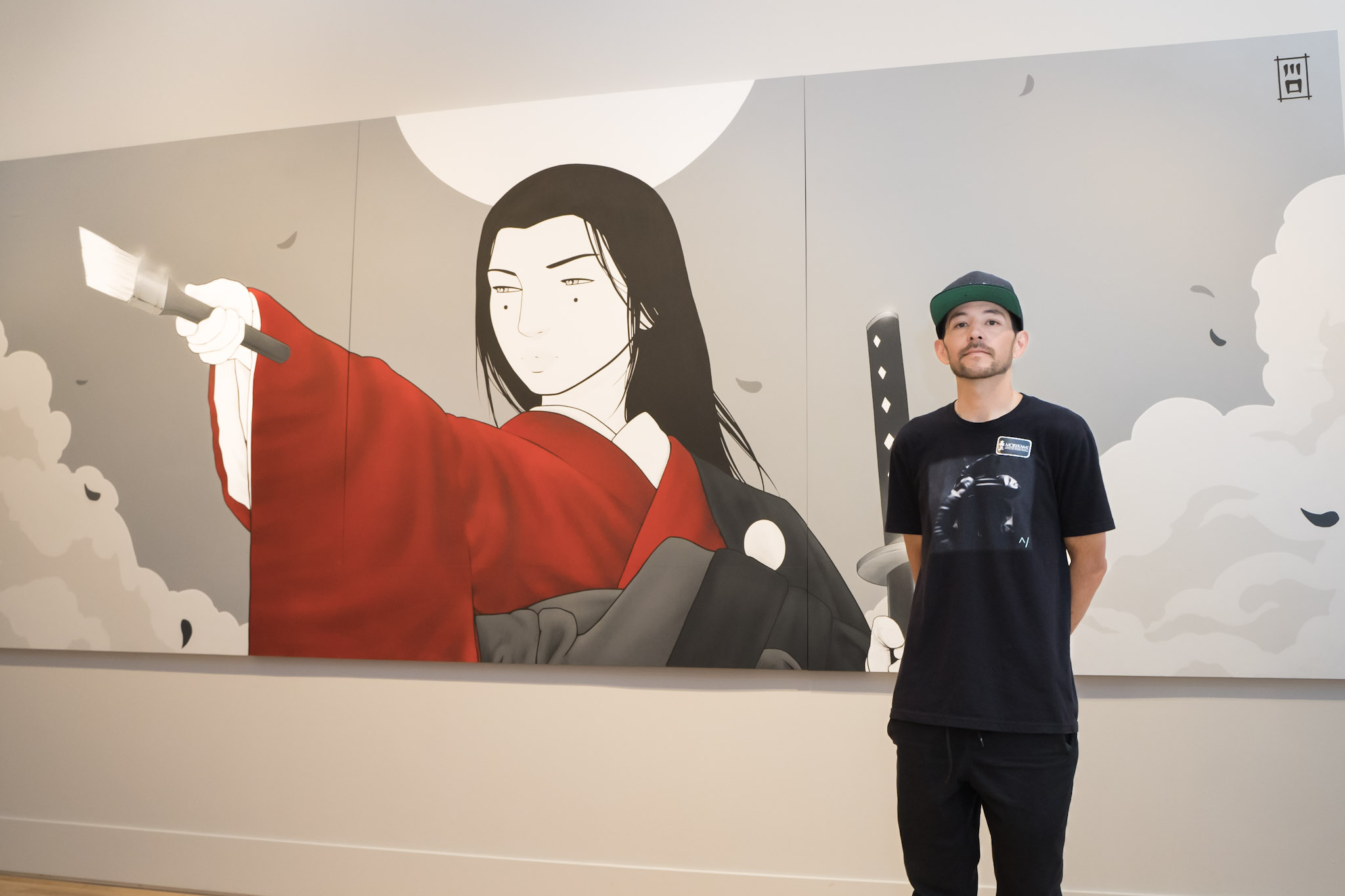
Casey Kawaguchi, a Japanese artist, also works in graffiti and really homes into his identity as an Asian American creative. Simplicity and balance are in the forefront of his work.
Juuri, born in Tokyo but based in Oklahoma City, uses colors and figures drawn from Japanese bijin-ga, meaning images of beautiful women, and yakusha-e “actor prints” featuring images of kabuki performers to convey Japanese culture from years ago.
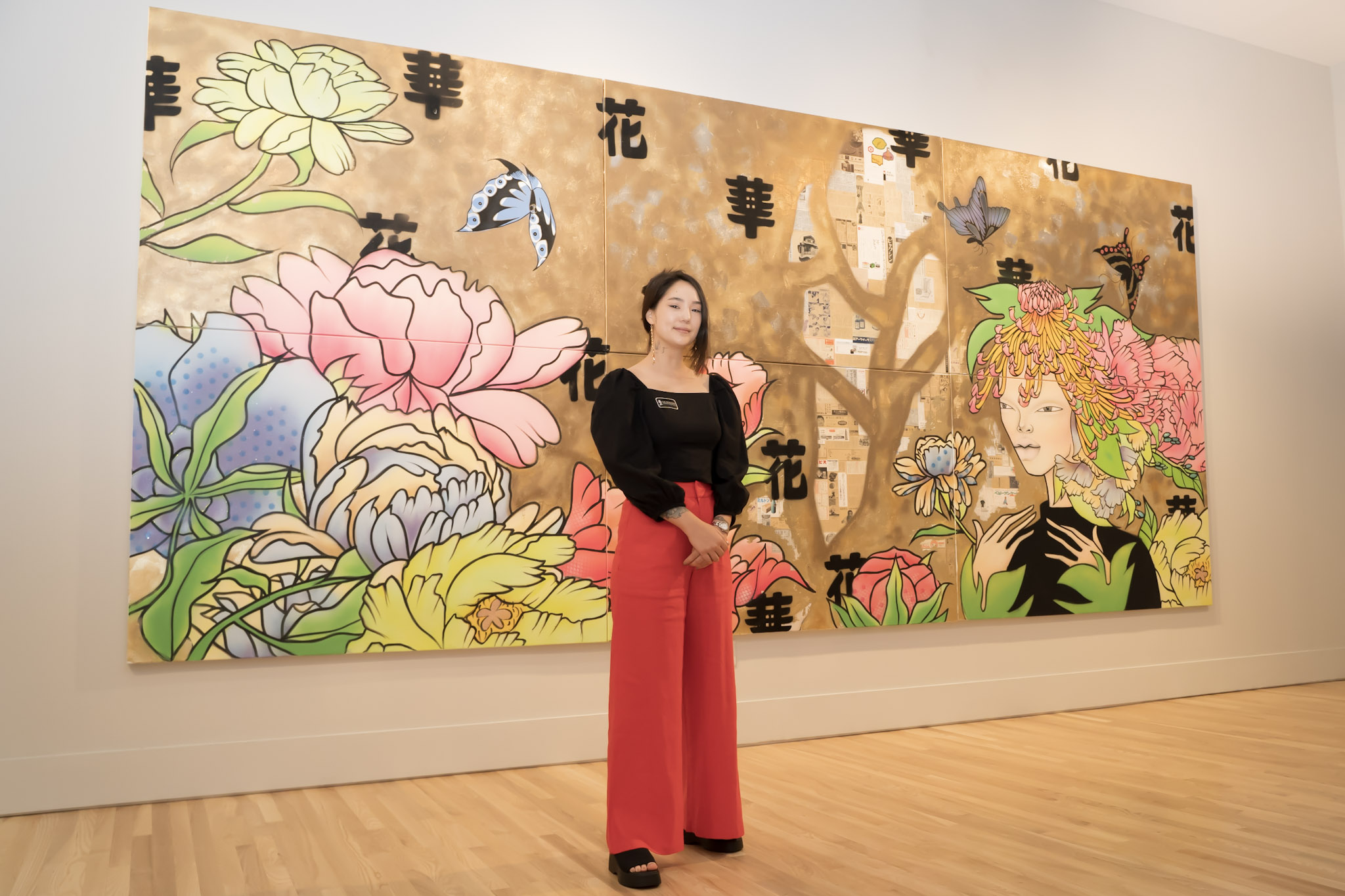
Elena Øhlander gets in touch with identity, individuality, gender issues and social justice — all through symbolism in her art to bring together themes of Americanism and Asian diaspora awareness and unification.
Hiromi Mizugai Moneyhun of Kyoto, Japan (later moving to Jacksonville), is also self-taught in bringing together Japanese art forms like kirigami, a variation of origami which uses cut paper and hyper-modernity. The artist’s humor and precision shine through in the three-dimensional cut paper art forms on display.
This exhibition will be another part of the 7,000 art objects and artifacts on display through Morikami, and will bring new and repeated elements of values, identity and culture to the forefront in Florida.
Be sure to stop by and see the beauty of these murals all for yourself, Tuesday–Sunday from 10 a.m.–5 p.m. through September 25.
For more information visit: morikami.org/beyond-the-wall



